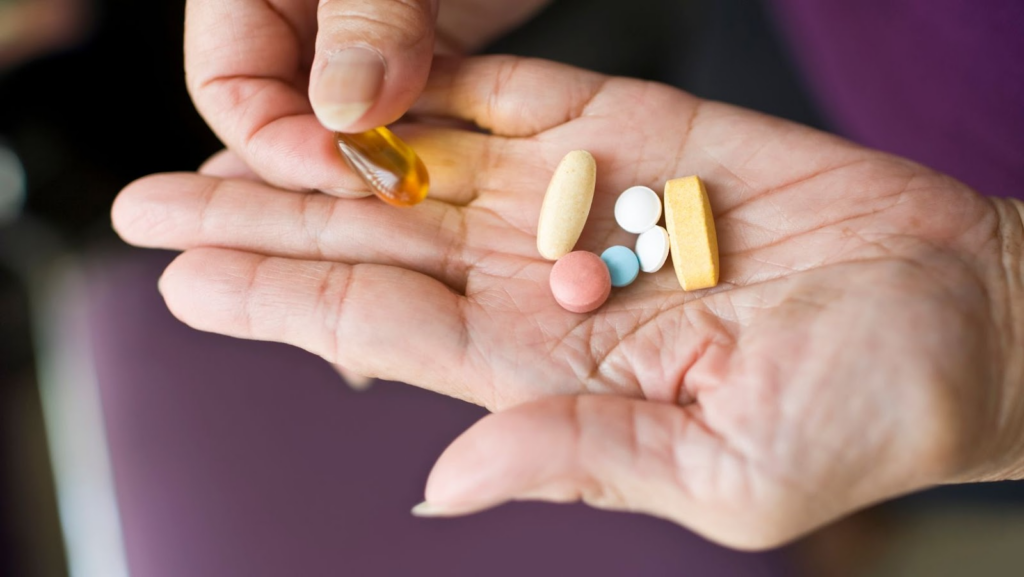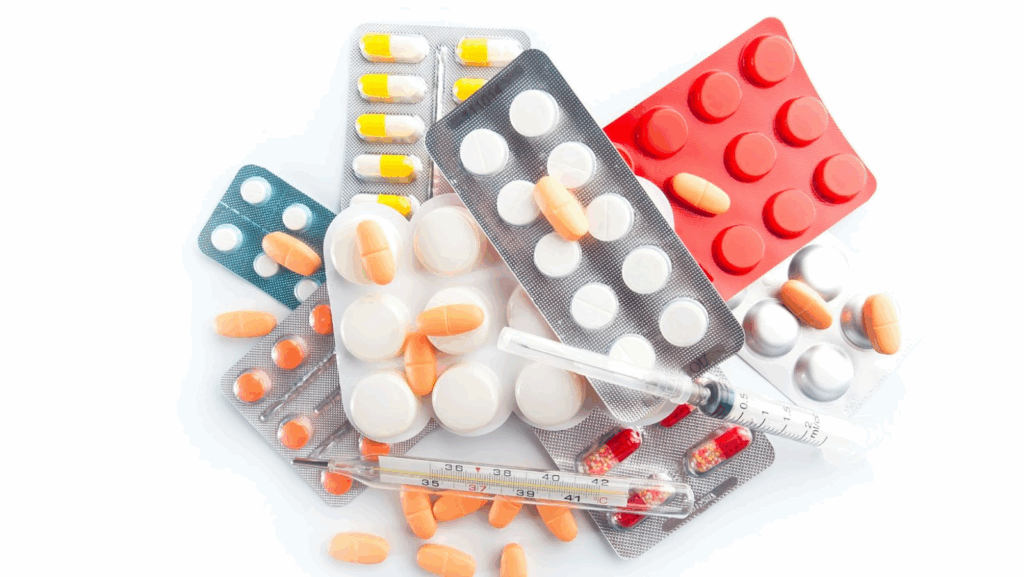Phone:
(701)814-6992
Physical address:
6296 Donnelly Plaza
Ratkeville, Bahamas.

Picture this: you see an ad promising you faster weight loss with an over-the-counter GLP-1 alternative. It sounds easy, right? But here’s the thing, when you skip professional guidance, you might end up risking your health. In this article, you’ll learn why you shouldn’t risk OTC GLP-1 medications. Plus, we’ll cover safer steps you can take to manage weight.
Over-the-counter products claim to mimic prescription GLP-1 (glucagon-like peptide-1) drugs by using herbal extracts, vitamins, or specific amino acids. Some brands highlight ingredients like berberine, spirulina, or bitter melon, which have shown appetite-modulating effects in early lab studies. However, these options rarely undergo the rigorous clinical trials required for prescription medications.
Common ingredients you might find:
That patchwork of ingredients can make it hard to predict how you’ll react from one batch to the next.
These supplements can support weight management, but they lack the lasting impact of prescription GLP-1 treatments. Let’s be honest, you need more than a pill to reshape your eating habits and control hunger signals. You could spend hundreds chasing unproven pills and see minimal benefit. And because OTC options don’t require a prescription, manufacturers aren’t held to the same purity or potency standards as pharma companies.
Many over-the-counter alternatives don’t come with clear warnings or dosage limits. That means you might encounter digestive upset, headaches, or dizziness when you start taking them. In worst cases, unlisted contaminants can trigger allergic reactions or affect your liver and kidneys.

*OTC supplements aren’t required to report lab data to the FDA, so you may never know if you’re harming your liver.
Ever tried guessing how your body reacts without any guidance? That’s asking for trouble. With prescription GLP-1 drugs, your provider checks in on side effects, blood sugar levels, and overall organ function. They can recommend tests, tweak your dose, and catch problems before they become serious.
Here’s what medical oversight offers:
With no supervision, you miss all those safety nets.
How do you measure a proprietary blend? You can’t. OTC products often list a “blend” without specifying how much active ingredient you’re taking. That uncertainty makes it easy to underdose—wasting money—or overdose, which raises the risk of toxicity. You also miss out on guidance about optimal timing or how to adjust doses during illness or surgery.
Prescription GLP-1 medications come in exact doses that your doctor prescribes based on your medical profile, weight, and blood sugar targets. These drugs use a titration schedule, where you start with a low dose and gradually increase to minimize nausea and other side effects. GLP-1 analogs mimic a natural gut hormone that signals fullness, slows gastric emptying, and enhances insulin release. That triple action tames hunger and stabilizes blood sugar. Large clinical studies demonstrate that participants using prescription GLP-1 drugs lose significantly more weight than those on placebo, especially when paired with diet and exercise protocols.
feature OTC alternatives prescription GLP-1 drugs FDA approval no yes dosing proprietary blends, unclear amounts standardized doses, tailored to your needs safety monitoring none regular medical oversight and lab testing clinical evidence limited or preliminary robust data from peer-reviewed trials titration schedule not provided gradual increase to manage side effects
With prescription meds, you get a clear plan and a provider who knows how you respond.
In the US, GLP-1 medications require a prescription to ensure they meet safety and efficacy standards. That framework lets the FDA track production batches, monitor adverse events, and recall dangerous lots if needed. Prescription-only status also feeds into post-market surveillance tools like MedWatch, giving regulators a way to spot emerging risks early.
Ordering prescription drugs from overseas or unlicensed sites may seem like a bargain, but it carries heavy legal risks. The FDA can seize your package, and you could face fines, or even criminal charges if you import large quantities. Plus, confiscation means you lose both money and precious treatment time.
Possible legal consequences:
When you play by the rules, you protect both your health and your wallet.
If an online seller guarantees miraculous results with no dietary changes, that’s a major warning sign. Legit pharmacies list their license number, physical address, and customer service contact. They’ll ask for a valid prescription and show details like lot numbers and expiration dates.
Watch out for:
Takeaway? If you can’t see the proof, don’t assume it’s safe.
Your healthcare provider is your best ally in weight management. They know your full medical history, current medications, and unique risk factors. A doctor or registered dietitian can help you decide if a GLP-1 medication is right for you, or suggest alternative strategies if it’s not. They’ll also discuss insurance coverage, teach you how to use injectable pens safely, and help set realistic goals. Regular check-ins mean you won’t hit roadblocks alone.
Prescription meds work best when combined with daily habits that support metabolism. Try these simple steps:
With a structured plan, you’ll get more from any treatment you choose.
OTC GLP-1 products might seem convenient, but they fall short on safety, dosing precision, and legal compliance. Prescription drugs deliver calibrated dosages backed by FDA oversight, clinical data, and medical expertise. Pair that approach with healthy habits, and you’ll manage weight more effectively and safely. Ready to learn more? Talk to your healthcare provider about evidence-based options. Have questions or personal tips? Share them in the comments below so we can all stay informed. And remember, you’re not alone on this journey. Help is out there. And if you found this post useful, share it with friends who are exploring weight management options.